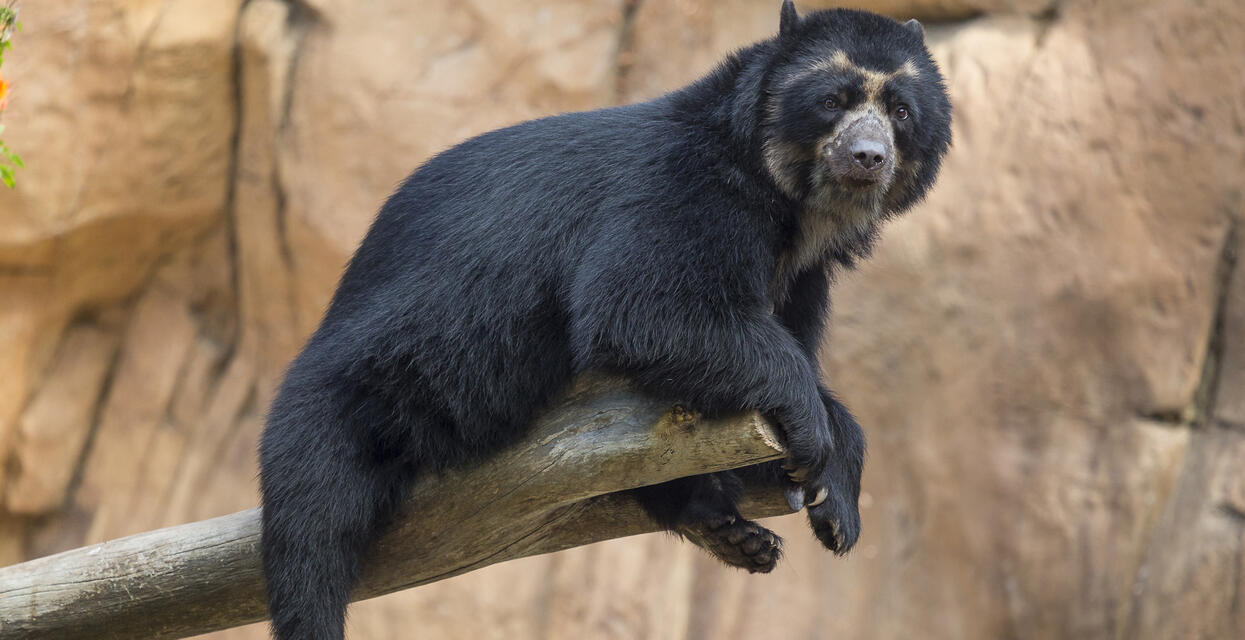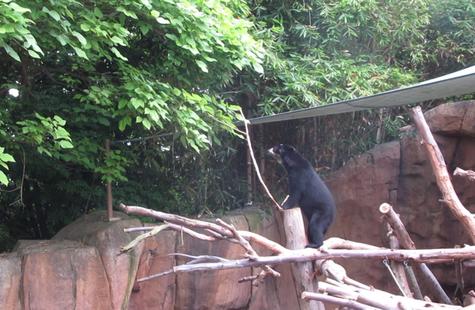Conservation Status: IUCN Red List - Vulnerable
Threats to Survival: Habitat loss, fragmentation, and degradation; poaching
Work to Conserve Wild Bears
Our primary goal is to provide a scientific basis for the conservation of Andean bears, about which there are many more assumptions than data. In southeast Peru we work primarily in the cloud forest and other humid montane forests, where most Andean bears (also called spectacled bears) are thought to live. Together with our partners, our Population Sustainability team is documenting Andean bear presence and characterizing critical aspects of bear ecology and behavior, such as foraging behavior, trail use, and marking behavior. Our goals are to determine not only where these bears live, but also how they interact with their environment and plants in their varied habitats. We intend to dig deeper to better understand not just what bears eat, but what nutritional benefits they gain from their varied diet. Over time we’ve realized how little we know about other mammals that also depend on these habitats, so we are leveraging our fieldwork to benefit the conservation of other mammals in these Andean forests.
Long-term Conservation Sustainability
Expanding our understanding of Andean bears is not enough to conserve them or their habitats. To enhance future conservation research and planning, we are also providing ecological training, opportunities, and mentorship for technicians and students inside and outside of Peru.
Science Supporting Bear Management
In light of the threats facing Andean bears, this species is managed in zoos as a safety net for dwindling wild populations. This also gives biologists an ideal opportunity to learn more about the species. We work with others to better understand zoo-based bears to ensure their welfare and wellbeing, answer a myriad of biological questions about them, and develop noninvasive methods for use in field conservation work. Among other conservation efforts, we’re collaborating with Reproductive Sciences and with San Diego Zoo Wildlife Alliance’s wildlife care professionals to better understand reproductive physiology and behavior of Andean bears, to support both population management and conservation work in the field. Because communication via olfaction has proven to be an important aspect of breeding other bear species in zoos, including giant pandas, we are opportunistically collecting baseline data and samples to allow research on the sensory ecology of Andean bears. We are also working with information from zoo-based bears to better understand the demographic potential and limitations of poorly studied bear species, such as the Andean bear.












